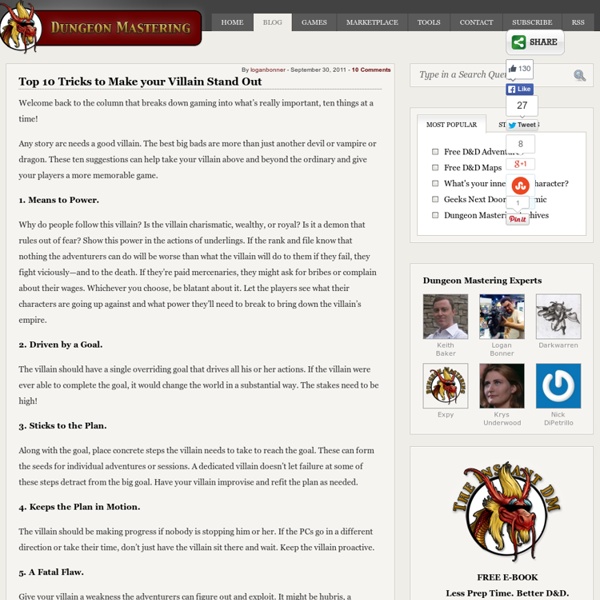Personality Traits, Character traits, Human Traits, personal characteristics, human qualities, Traits of Human Consciousness, human makeup, personal attitudes, negative attitudes, positive attitudes, list, makeup of the individual human, endowments, consc
Several Steps Further: Aside from the listing above, traits of human consciousness can be viewed from a number of other perspectives. Here are several:
3 1/2 Tips for Fixing an Unlikable Character
I’ve mentioned several times that I struggle with writing unlikable characters when I first draft a story, and I know I’m not the only one. We often love our characters no matter what they do—even the villains. *smile* So we’re not unbiased readers when it comes to figuring out whether our characters are too unlikable. In any story, it’s difficult to balance not enough and too much of various elements. Not enough description can leave our readers confused about the setting or action details, while too much description can slow our story’s pace. Same with theme building, subplots, action beats, etc.
How to Write a Synopsis of Your Novel
by Glen C. Strathy* To sell your novel, you may need to know how to write a synopsis, even if you are a pantser-type novelist who can write a whole novel without making an outline first. Agents and publishers will often ask for a synopsis along with sample chapters before they request a complete manuscript. The biggest mistake most people make when they try to write a synopsis for the first time is to create a bare bones plot summary, along the lines of “First this happens, then this happens, then this happens...”
Creative Writing For Dummies Cheat Sheet
Rewriting and editing helps to tighten up your work. But it can be difficult – what to chop and when to stop may not be clear, and you may change your mind more than once during the process. Ask yourself whether you need to take out: Unnecessary information and explanation. Passages of dialogue that go on too long.
» 3 Charles Dickens Characters You Don’t Want to Meet
The great English writer Charles Dickens is known for his well-crafted characters. While some of the characters we meet in Dickens’ novels are endearing heroes, others are sinister villains. Here are three Dickens characters you would never want to meet.
Writing Tips - Publishers list of phrases for writers to avoid
We have all met people who have the extraordinary ability to talk in clichés: Y’know, not to beat around the bush or hedge your bet, this section is a must-read because it calls a spade a spade and in a nutshell leaves no stone unturned to pull the rug from under those off-the-cuff, old-hat bête noires called clichés. These are the people who’ve given the cliché its bad name. We all tend to use them, of course. Sometimes that familiar phrase is the neatest way of expressing yourself and most of us can, in a flash (cliché), unconsciously call up a few hundred of them to help us out in writing and conversation. But how aware are we of the irritation (or worse, sniggering) that the overuse of clichés can cause?
Characterisation
How to write convincing characters Characterisation - the task of building characters - isn't easy. But if you're struggling to build characters with real life and vigour, just follow these rules. If you do follow them correctly, we can pretty much guarantee that your characterisation will be just fine! Know what kind of character you are writing
9 ways to trick yourself into writing a novel
November is National Novel Writing Month (NaNoWriMo, for short). This is the year you complete the book of your dreams. Sometimes all you need is a little motivation.
Eight Secrets Which Writers Won’t Tell You
Image from Flickr by Lazurite This is not particularly relevant to the post, but I’m getting an awful lot of comments telling me, often a little snarkily, “it’s ‘THAT’ not ‘WHICH’”. The “don’t use which for restrictive clauses” rule comes (as far as I can tell) from Strunk and White.
25 Ways To Fuck With Your Characters - StumbleUpon
As storyteller, you are god. And to be frank, you’re not a particularly nice god — at least, not if you want your story to resonate with readers. A good storyteller is a crass and callous deity who treats the characters under his watchful eye like a series of troubled butt-puppets. From this essential conflict — storyteller versus character — a story is born.
20 Best Websites To Download Free EBooks
We understand that reading is the simplest way for human to derive and constructing meaning in order to gain a particular knowledge from a source. This tendency has been digitized when books evolve into digital media equivalent – E-Books. It would be nice if we’re able to download free e-book and take it with us.
20 Common Grammar Mistakes That (Almost) Everyone Makes
I’ve edited a monthly magazine for more than six years, and it’s a job that’s come with more frustration than reward. If there’s one thing I am grateful for — and it sure isn’t the pay — it’s that my work has allowed endless time to hone my craft to Louis Skolnick levels of grammar geekery. As someone who slings red ink for a living, let me tell you: grammar is an ultra-micro component in the larger picture; it lies somewhere in the final steps of the editing trail; and as such it’s an overrated quasi-irrelevancy in the creative process, perpetuated into importance primarily by bitter nerds who accumulate tweed jackets and crippling inferiority complexes.



